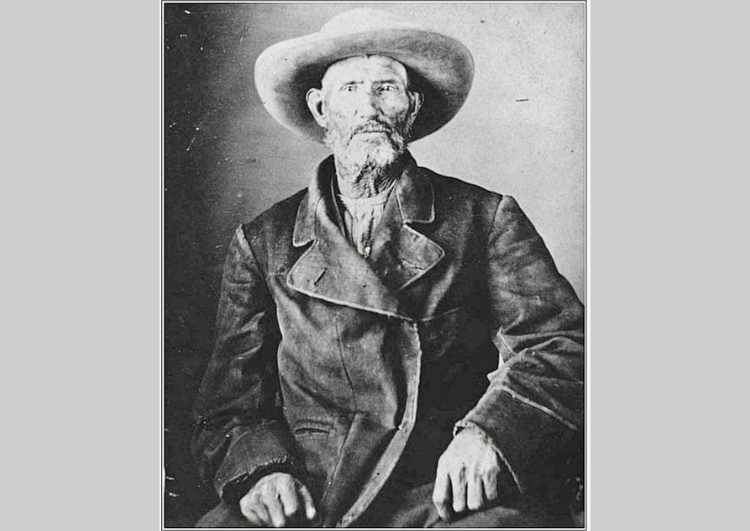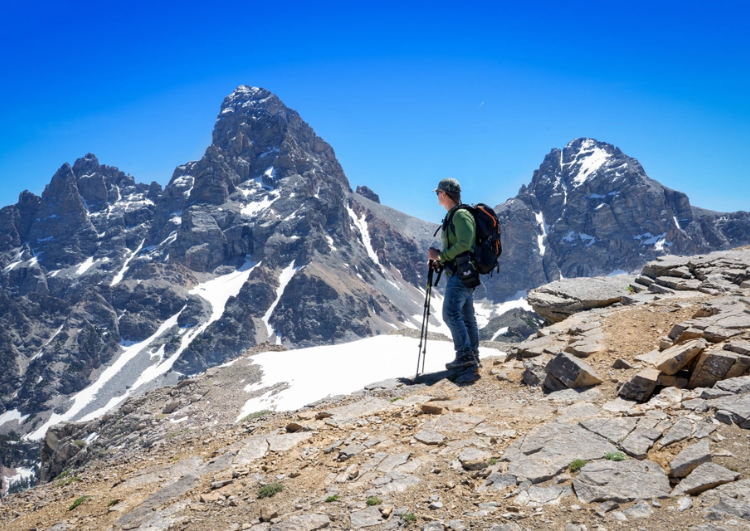
Teton National Forest is located in western Wyoming, United States. It covers a vast area of over 3.4 million acres, encompassing a diverse range of landscapes, including mountains, forests, and wilderness areas. It's a popular destination for outdoor activities such as hiking, camping, fishing, and wildlife viewing.

Bridger-Teton National Forest was established in 1908 as the Teton Forest Reserve and later renamed to its current designation in 1964 to honor the famous mountain men Jim Bridger and Felix T. MartÃnez (also known as Tomás de la Cruz).

Bridger-Teton National Forest wasn't invented by a single individual; rather, it was established through government action. The U.S. Forest Service, under the Department of Agriculture, oversees the management of national forests. The establishment of Bridger-Teton National Forest involved legislative processes, presidential proclamations, and government initiatives aimed at preserving and managing public lands for the benefit of present and future generations.


Bridger-Teton National Forest is named after two prominent figures in American history: Jim Bridger and Felix T. MartÃnez, also known as Tomás de la Cruz.
Jim Bridger was a legendary mountain man, explorer, and fur trader who played a significant role in the exploration and settlement of the American West during the 19th century. His exploits in the Rocky Mountains and the Western frontier earned him a place in history.
Felix T. MartÃnez, also known as Tomás de la Cruz, was a Shoshone trapper and guide who worked extensively in the Jackson Hole area of Wyoming. He was highly respected for his knowledge of the region and his contributions to the early exploration and mapping of the area.
The decision to name the forest after these two individuals was made to honor their contributions to the history and exploration of the region that now encompasses the Bridger-Teton National Forest.




Bridger-Teton National Forest offers a plethora of opportunities for hiking enthusiasts, making it an ideal destination for those who love exploring the great outdoors. Here are some reasons why it's particularly well-suited for hiking:
1. **Diverse Terrain**: The forest encompasses a wide range of landscapes, including rugged mountains, lush forests, alpine meadows, and pristine lakes. This diversity provides hikers with a variety of trails to explore, from easy strolls to challenging mountain ascents.
2. **Scenic Beauty**: Hikers in Bridger-Teton National Forest are treated to breathtaking scenery at every turn. From panoramic views of the Tetons to tranquil streams and waterfalls, the beauty of the landscape is unparalleled.
3. **Abundant Wildlife**: The forest is home to a diverse array of wildlife, including elk, moose, deer, bears, and various bird species. Hikers often have the opportunity to observe these animals in their natural habitat, adding an extra element of excitement to their adventures.
4. **Extensive Trail Network**: Bridger-Teton National Forest boasts an extensive network of hiking trails, ranging from short, family-friendly loops to long-distance backpacking routes. Whether you're looking for a quick day hike or a multi-day wilderness trek, you'll find a trail to suit your preferences and abilities.
5. **Wilderness Areas**: The forest contains several designated wilderness areas, such as the Gros Ventre Wilderness and the Teton Wilderness, where hikers can experience true solitude and immersion in nature. These areas offer a pristine wilderness experience, with minimal human impact.
6. **Outdoor Recreation**: In addition to hiking, Bridger-Teton National Forest offers a wide range of outdoor recreational activities, including camping, fishing, wildlife viewing, and horseback riding. Hikers can easily combine their hiking adventures with other pursuits to create a memorable outdoor experience.
Overall, Bridger-Teton National Forest is a paradise for hiking lovers, offering endless opportunities for exploration and adventure in one of the most beautiful and pristine wilderness areas in the United States.





While Bridger-Teton National Forest offers fantastic hiking opportunities year-round, the best time for hiking largely depends on personal preferences and the specific trails you want to explore. Here's a breakdown of hiking conditions throughout the year:
1. **Spring (March to May)**:
- Spring brings melting snow and budding vegetation, making it an excellent time to witness the forest coming back to life.
- Lower elevation trails may become accessible as snow melts, but higher elevation trails may still have snowpack and be impassable.
- Weather can be unpredictable, with potential for rain showers and muddy trails.
2. **Summer (June to August)**:
- Summer is a popular time for hiking in Bridger-Teton National Forest, with warmer temperatures and longer daylight hours.
- Most trails are snow-free at higher elevations, allowing access to alpine lakes and mountain vistas.
- Wildflowers are in bloom, adding bursts of color to the landscape.
- Trails can be crowded, especially in popular areas and on weekends.
3. **Fall (September to November)**:
- Fall is a beautiful time to hike in the forest, with vibrant foliage coloring the landscape.
- Crowds diminish compared to summer, offering a more peaceful hiking experience.
- Weather is generally mild, but temperatures can start to drop towards the end of the season.
- Be prepared for potential early snow at higher elevations, especially in November.
4. **Winter (December to February)**:
- Winter hiking in Bridger-Teton National Forest is possible, but it requires proper gear and precautions due to snow and cold temperatures.
- Lower elevation trails may be accessible for snowshoeing or winter hiking, while higher elevation trails may require backcountry skiing or snowshoeing.
- Trails can be less crowded, providing a serene winter wonderland experience.
- Be prepared for shorter daylight hours and frigid temperatures.
Regardless of the season, it's essential to check trail conditions and weather forecasts before heading out for a hike. Additionally, always ensure you have appropriate gear, clothing, and supplies for the conditions you may encounter.